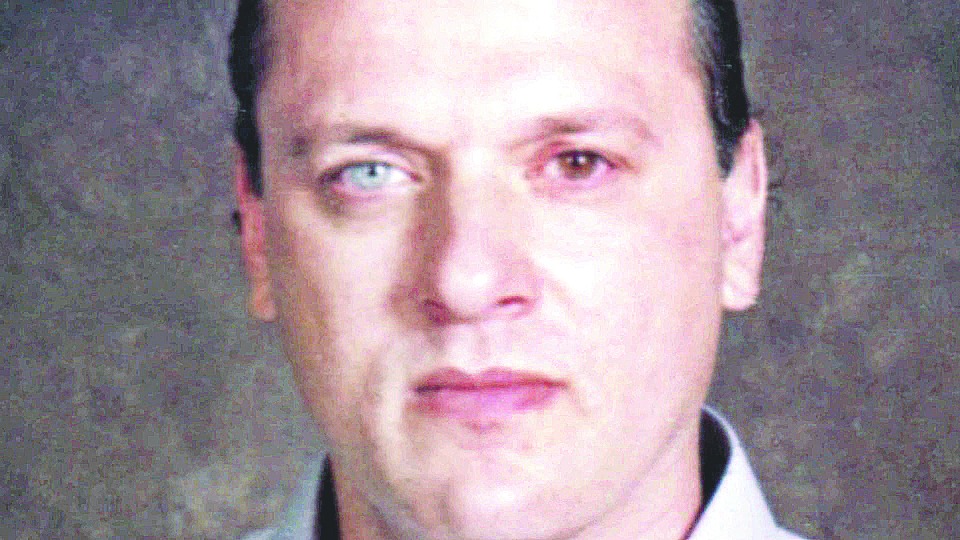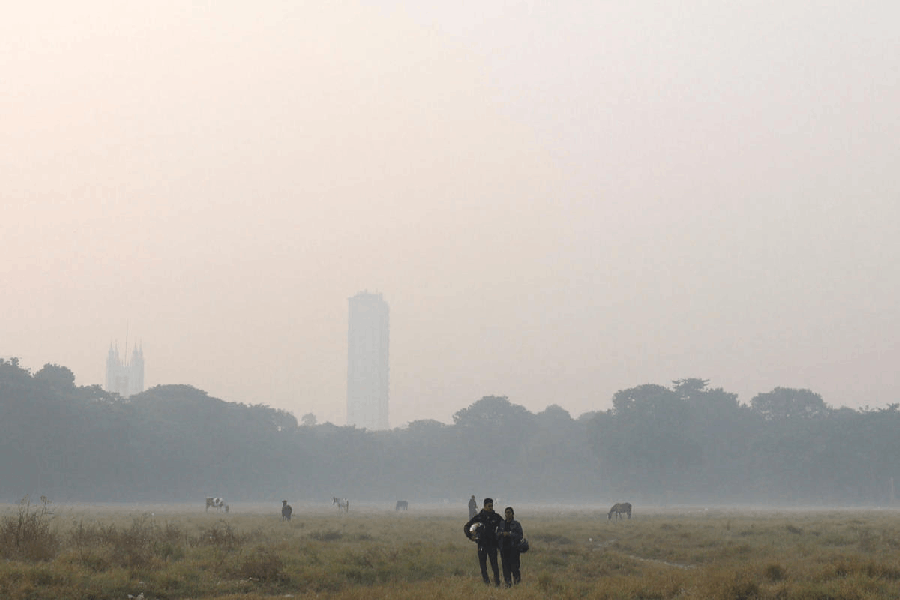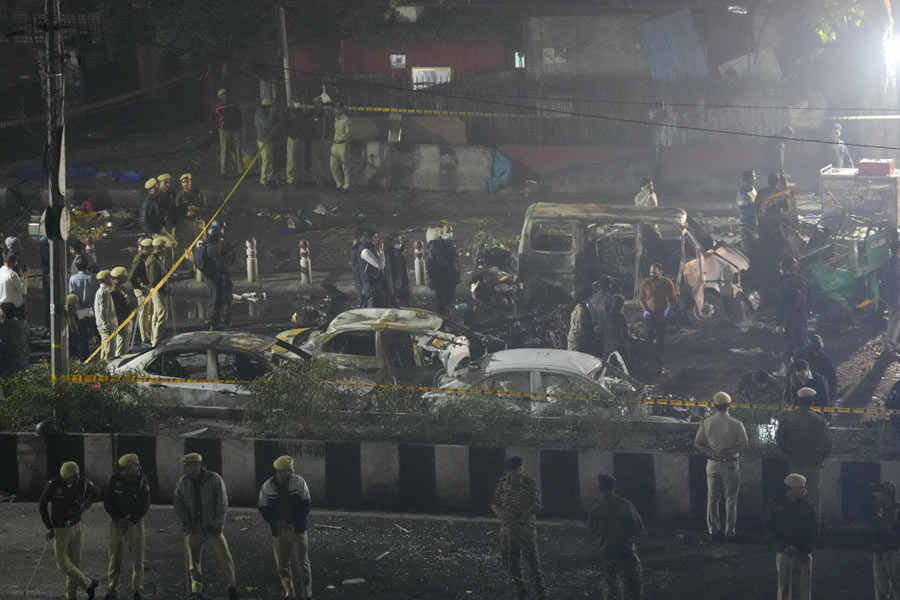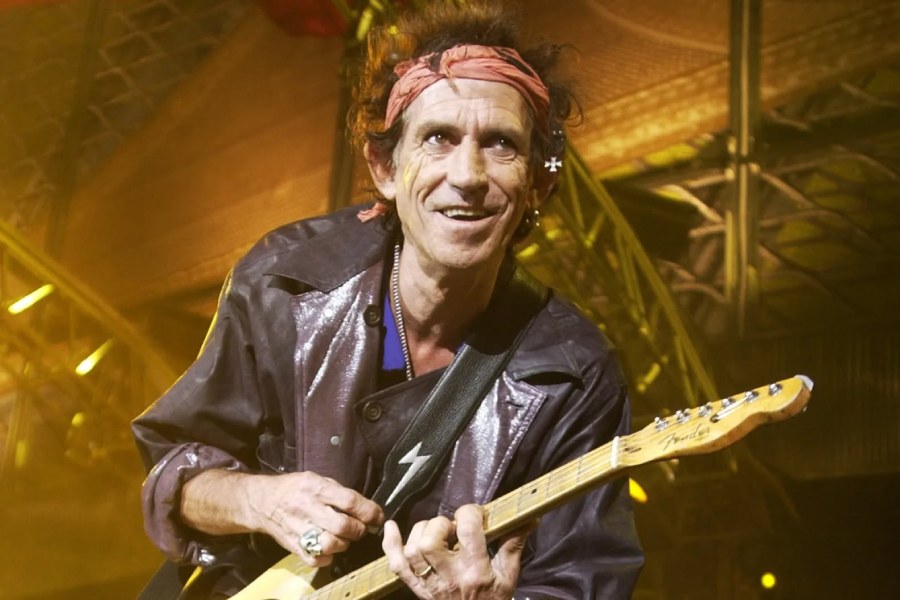
THE MIND OF A TERRORIST: THE STRANGE CASE OF DAVID HEADLEY By Kaare Sørensen, Penguin, Rs 599
How lucky was David Coleman Headley? During his stint as a roving plotter of global terror for Lashkar-e-Toiba and al Qaida, Headley breezed through at least half a dozen tip offs and official inquiries. The first came soon after 9/11, when the Federal Bureau of Investigation questioned Headley about his alleged support of the attack. The very next month, the American government prematurely ended Headley's parole for a drug conviction. Soon he was on his way to Pakistan as an informant of the Drug Enforcement Administration.
The Mind of a Terrorist, a newly translated biography of Headley by the Danish journalist Kaare Sørensen, gathers together the warnings that followed, one after another, every few years. In 2002, a friend of Headley's mother told the FB> that he had attended training camps for terrorists in Pakistan. In 2005, one of Headley's three wives told authorities about Headley's involvement with Lashkar. In 2007, another spurned wife went to the American embassy in Islamabad, where during three interviews she, too, described Headley's ties to Lashkar, as well as suspicious trips to India. She later said agents already had an inch-thick file on her husband. Though American intelligence alerted their Indian counterparts about a possible attack in Mumbai, none of these tips affected Headley personally.
His own work for law enforcement is no less enigmatic. According to some American officials, Headley worked only for the DEA, only on drug trafficking, and only until 2002; according to others, he was also gathering intelligence on terrorism and continued working for the United States of America until 2005. Some have concluded that Headley's elusiveness was not luck at all. "David Coleman Headley, in my opinion, was a double agent," former Indian home secretary G.K. Pillai told Sebastian Rotella, an American journalist who has written extensively on Headley. "He was working for both the U.S. and for Lashkar and the ISI." Rotella recently said that his own suspicions of double espionage have been put to rest, and that Headley likely evaded detection, as the FBI says, because of "a flawed system, human error, an overwhelming workload and the difficulty of spotting a threat from an individual who did not fit the profile of the typical terrorist."
Was Headley's freedom a conspiracy or a debacle? Other questions also loom. Who is "Major Iqbal", an Inter-Services Intelligence officer who Headley says helped coordinate the Mumbai attacks, but who Pakistan says does not exist? Exactly how high up the ISI hierarchy did planning for Mumbai likely go? Why do Sajid Mir and other Lashkar associates of Headley remain at large despite conclusive evidence linking them to his plots?
In his book, Sørensen does not plumb these depths. The Mind of a Terrorist has a different goal: to fathom who Headley was, what led him to violent extremism, and how he saw his ideology. In addition to summarizing the singular story of Headley's life, Sørensen quotes from a selection of 300 previously unpublished emails Headley sent during his years as a terrorist. These give a startling view of the clarity, self-assurance, and perverse idealism he seems to have found in jihad.
The former high school dropout and heroin addict now held forth on justice and religion. "Execution by beheading is our culture," Headley explained to a friend. "The best way for a man to die is with the sword. Our beloved Prophet SAW [ Sallallahu Alayhi Wa Sallam, or "peace be upon him"] preferred this method himself." Violence was the means by which Headley could achieve purity and nobility; his frequent threats of brutal killing are interspersed with tributes to what he considers "the lofty ideals of Islam". This tone of jocular malevolence makes Headley's writing reminiscent of a cartoon villain. "This thing will slowly just go away," he writes about the investigation following the Mumbai attacks, "till of course Bharat mata is embarrassed again." You can hear his evil cackle.
The rest of Sørensen's book seeks to be a fast-paced thriller. This leads him into a lengthy account of the killings in Mumbai that disturbs more than it instructs. Committed to the pace of his story, Sørensen never explains the details of his research, leading to unsourced assertions and the omission of potentially illuminating material. How, for example, does Sørensen know that lower-ranking members of Lashkar felt surprised by the respect shown to Headley?
The Mind of a Terrorist is at its most revealing when it does not stray from its rather narrow primary goal of elucidating Headley, a man whose character would be his fate. A restless risk-taker, Headley refused to accept Mir and Iqbal's advice to lay low following the Mumbai attack. "What ever I am saying, I know, deep in my heart, is futile," Mir wrote to Headley. "Because it's you." Headley went on to try to recruit associates in Europe, where he was tracked by Western intelligence agencies. Headley is now serving 35 years in prison; Mir and Iqbal, on the other hand, roam free.
Sørensen ends his book with Headley's study of the Quran in prison, the terrorist's psyche delineated, the author's mission accomplished. The implied finality about the meaning of the David Headley episode, however, is illusory. Lashkar continues to kill Indians, including as recently as last month; the ISI remains silent.











